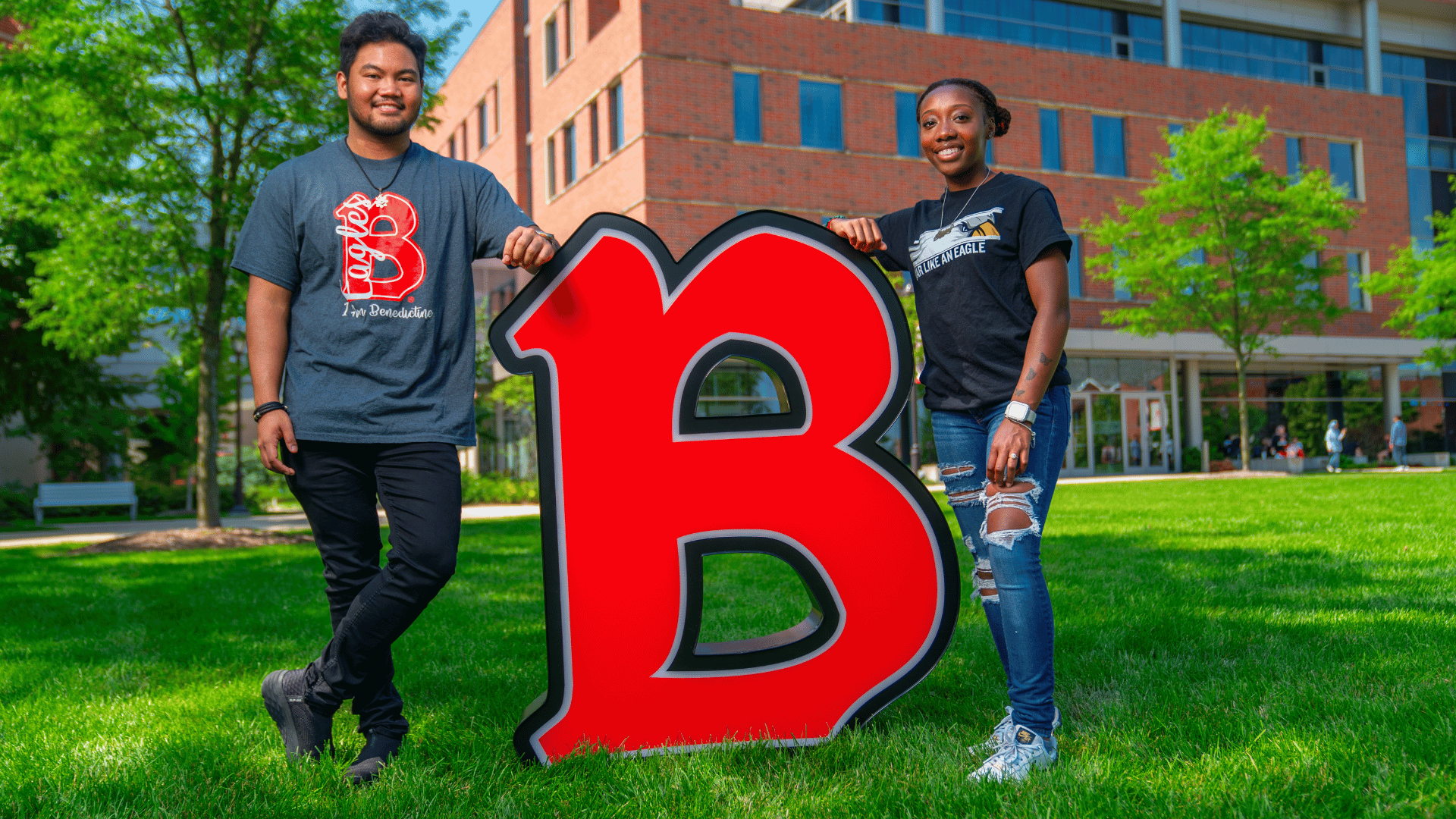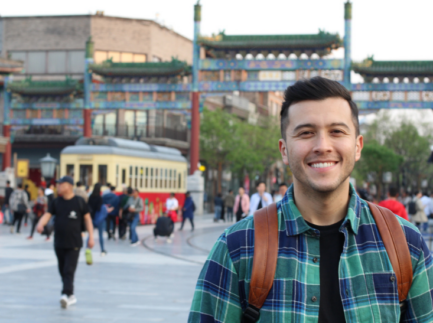
About Benedictine
A Catholic University where passion and tradition meet.
About Benedictine
Our History
At BenU, we aspire to nurture independent thinkers who go on to lead lives of meaning and purpose.
Whether you’ve set your career goals in motion, or you’re still pondering your future, Benedictine has a path forward for you.
With 42 undergraduate majors, 17 graduate degrees, 3 doctoral programs, and 17 certificate programs, BenU has something for everyone.
Since our founding as St. Procopius College in 1887, Benedictine University has fostered the educational and spiritual growth of thousands of students in the Catholic intellectual tradition.
Our Vision as a Catholic University
Benedictine University aspires to be a thought leader in Catholic higher education.
We seek to provide a transformative educational experience grounded in Benedictine values, helping students shape lives of meaning and purpose as engaged citizens who care for the Earth, welcome people of diverse faiths and cultures, and promote the common good.

At Benedictine University, we inspire you to believe in your potential, belong to a vibrant and supportive community, and become the best version of yourself. Our education fosters personal growth, academic excellence, and a balanced, spiritually rich life, guiding you on a journey of self-discovery and transformation. Embrace your future with confidence and purpose at BenU.
Who Was St. Benedict?

The Benedictine Order bears the name of Benedict (480-547 A.D.), who is considered to be the father of western monasticism.
Benedict was born in Norcia, Italy in 480 A.D., at the intersection of a crumbling Roman empire and a burgeoning Catholic papal state.
As a young man, Benedict moved to Rome to pursue his studies, but soon became disgusted by the moral decay he witnessed in the city. He retired to a life of solitude in the Abruzzi region of central Italy, but soon attracted followers due to his renowned piety and wisdom.
During his life he founded many monasteries, including Monte Cassino, the first abbey of the Benedictine Order.
St. Benedict composed his Rule of St. Benedict for the community of Monte Cassino.The Rule offered simple guidelines for leading a balanced and spiritually rich life in the context of monastic devotion.
Although the Rule was intended as a guide for those leading a monastic life, Benedict’s wisdom can be drawn upon by anyone striving for a life well lived.

Joseph J. Foy, Ph.D.
President
Benedictine University
Welcome to Benedictine University.
Pope John Paul II spoke eloquently about the Catholic university as “born from the heart of the Church.” From that heart spring values of justice, respect for all persons, and the quest for truth that resonates richly with the highest ideals of all religions and cultures.
At Benedictine, we welcome people of all cultures, all racial and ethnic identities, all genders, all faiths, and those with no faith. All are cherished partners in the evolving project called Benedictine University.
We invite you to learn more about what it means to be part of our vibrant community.

Lisle, IL

Mesa, AZ

China & Vietnam




